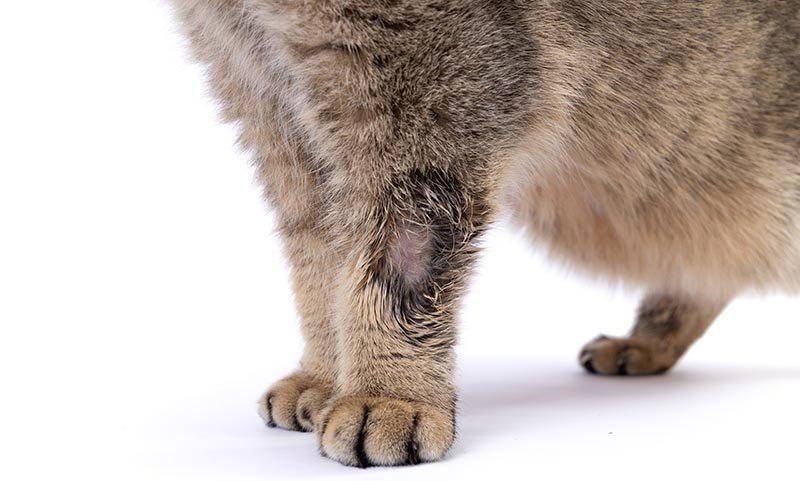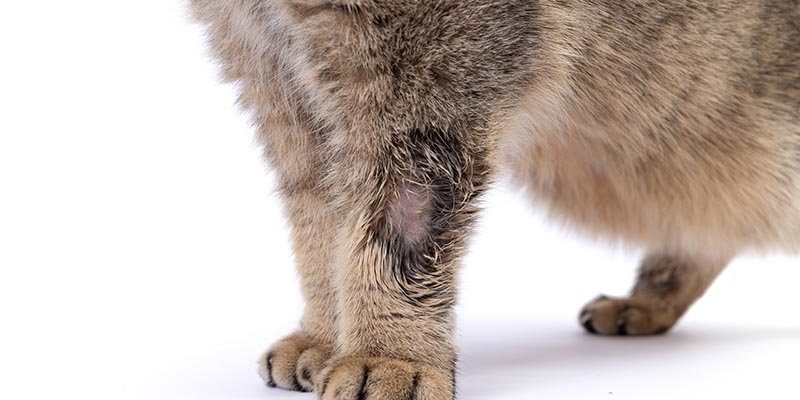
Let’s think of it this way: if small mammals were the stars of a movie, wolf worms would be the sneaky villains. They invade their bodies, causing all sorts of trouble. To understand this relationship, we need to dive deep into the life cycle of these parasites and the biology of their hosts. This isn’t just for the animal lovers out there; it’s essential knowledge for anyone interested in ecosystems and wildlife health.
So, grab your favorite drink, and let’s explore the fascinating world of small mammals and wolf worms together.
Understanding Wolf Worms
Wolf worms, known scientifically as *Cuterebra*, are a type of botfly. They’re like the magicians of the insect world, making their way into the bodies of small mammals quite stealthily. When a female wolf fly lays her eggs in a suitable environment, like the soil or vegetation, the larvae hatch and wait for a host. Once a small mammal brushes against this area, the larvae latch on and can enter the body through the skin.
It’s pretty wild how these little creatures work. They create a **migratory path** inside their host, which can lead to a painful infection. In most cases, this invasion doesn’t end well for the host, and that’s why understanding it is crucial. The larvae can disrupt the mammal’s health and, in extreme situations, lead to death.
What Do Wolf Worms Look Like?
Wolf worm larvae are *plump and wrinkly*, often resembling a small rubbery tube when they emerge. They have a unique ability to breathe through a hole they create in the skin of their host, which is a survival trick that allows them to stay inside while still getting the oxygen they need.
This outer appearance might seem unassuming, but inside that larva is a tiny, hungry creature just waiting to develop fully and eventually pupate into an adult fly. Their life cycle is one of nature’s many wonders, showcasing the often harsh realities of survival in the wild.
Why Are Small Mammals Targeted?
So why do small mammals make such excellent targets for wolf worms? Think of it as a buffet: small mammals are plentiful, often living in environments where wolf flies can easily reach them. Their habitats often overlap with those where these flies lay eggs, making it easy for the larvae to latch onto them.
Not to mention, smaller mammals like rabbits, squirrels, and rodents don’t have the same defenses against parasites as larger animals. They often lack the size or strength to fend off a wolf worm invasion, making them easy prey for these sneaky parasites.
Additionally, many of these mammals spend a lot of time close to the ground, sniffing around for food or hiding from predators. This behavior makes them more vulnerable because they frequently come into contact with the eggs and larvae lying in wait.
Environmental Factors That Increase Vulnerability
Various environmental factors can make small mammals even more susceptible to wolf worms. For instance:
- **Habitat Disruption:** Changes like deforestation and urbanization can lead to denser populations of small mammals in smaller areas, increasing their interactions with parasites.
- **Seasonal Changes:** In warmer months, there’s a higher activity of wolf flies, correlating with the breeding cycles of small mammals.
- **Food Scarcity:** When food is scarce, small mammals may venture out into more exposed areas, increasing their risk of contact with wolf flies.
These factors create a perfect storm for wolf worms, allowing them to flourish and, in turn, further endanger small mammal populations.
Effects of Wolf Worms on Small Mammals
The impact of wolf worms on their small mammal hosts can be devastating. Once inside, the larvae can cause *serious health problems*. From skin infections to organ damage, these parasites disrupt the normal functions of their hosts.
In some cases, the presence of these larvae can lead to abscesses and localized infections. This discomfort can make it challenging for small mammals to find food or escape predators, ultimately affecting their survival rates.
It’s tough to watch these animals suffer, and it’s one reason why understanding this relationship is essential for conserving wildlife. Without proper knowledge, we can’t take the necessary steps to protect these creatures from such destructive invaders.
Signs of Infection in Small Mammals
If you’ve ever wondered how to tell if a small mammal is dealing with a wolf worm infection, here are a few signs to look out for:
- **Visible Swellings:** Often, the larvae create large lumps in the skin where they are embedded.
- **Behavioral Changes:** Affected animals might appear lethargic or withdraw from their usual activities.
- **Difficulty Breathing or Moving:** If the larvae invade sensitive areas, such as near the lungs or other vital organs, it can lead to severe mobility issues.
Identifying these signs early could make a significant difference in the treatment and survival of affected animals.
Can Small Mammals Develop Immunity?
You might be wondering if small mammals can develop any sort of immunity to these pesky parasites. The truth is, it’s a complex relationship. Some animals may develop a certain level of resistance through exposure, while others remain highly susceptible.
For example, younger mammals generally have less experience with parasites and thus lack the necessary defenses. Older, more seasoned animals might have had previous encounters, which could potentially help them fend off future infections.
However, wolf worms are tricky. Their breeding and life cycle allow them to adapt quickly, making it difficult for small mammals to build reliable immunity over time. It’s like trying to keep a step ahead of a clever rival in a game of chess—challenging and risky.
Mitigating the Risks of Wolf Worms
So, what can be done to help protect small mammals from wolf worms? Here are a few strategies that can make a difference:
- **Habitat Preservation:** Protecting natural habitats helps maintain balanced ecosystems, making it less likely for wolf flies to proliferate.
- **Awareness and Education:** Raising awareness about wolf worms can help wildlife enthusiasts and local communities spot infections early.
- **Research and Monitoring:** Ongoing studies can provide insights into wolf worm populations and their impacts on small mammals, helping conservationists develop effective strategies.
Remaining proactive in these areas can aid in reducing the risk to small mammals and ensuring they thrive in their natural environments.
The Bigger Picture: Ecosystem Health
Understanding the relationship between small mammals and wolf worms is essential for grasping the broader picture of ecosystem health. Small mammals play a significant role in their environments, serving as prey for larger animals while also aiding in seed dispersal and nutrient cycling.
When wolf worms take a toll on small mammal populations, it doesn’t just impact these animals; it can ripple through the entire ecosystem. Fewer small mammals can lead to population declines in predators and other wildlife that rely on them for food.
By focusing on the health of small mammals, we’re making an investment in the vitality of the entire ecosystem. And that’s something we should all care about.
Wolf worms may be tiny, but their impact on small mammals is anything but insignificant. Understanding why these animals are vulnerable helps us appreciate the delicate balance of nature and the importance of protecting wildlife.
As we sip our coffee and ponder the wonders of the natural world, let’s remember that every creature—no matter how small—plays a vital role in our ecosystems. By staying informed and advocating for wildlife health, we can help ensure a thriving environment for all creatures, large and small.

